AUTO.Forest is a strategic prototype for post-industrial sites. Using forest as a medium for transformation, it produces a cyclical economic strategy that allows for it to produce itself.
The forest suggests open ended programmatic transformation where anything wished for can be incorporated along with the infrastructural landscape. Gradually, former brownfield sites will turn into eco-diverse landscapes combined with spontaneous site specific programs. Eventually large post-industrial areas can grow new ecological layers to the city - green density springs out of the ashes of the industrial. AUTO.FOREST is organically reacting to change through the most natural building matter of all - plants. The overall impact on the city’s ecology and identity could be tremendous.

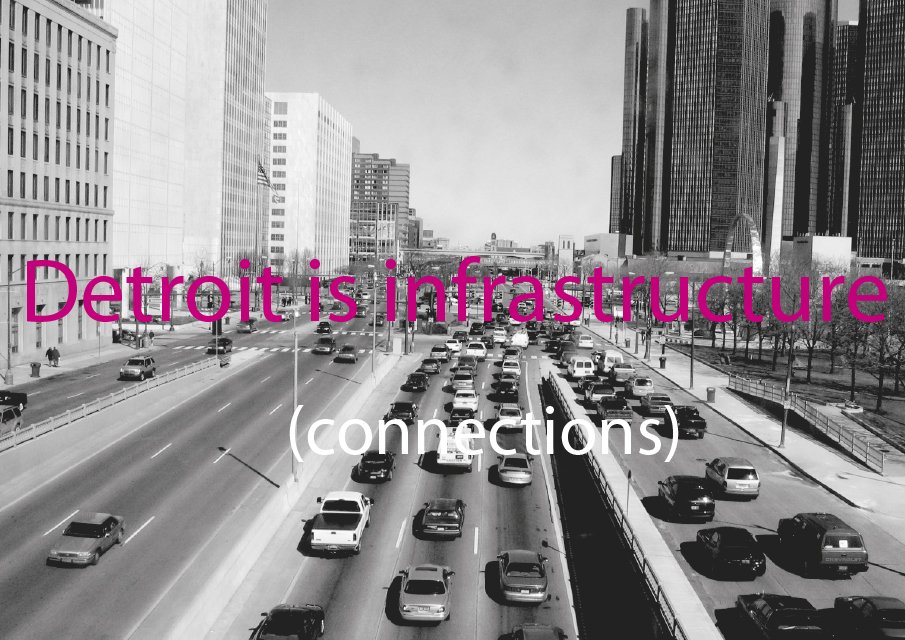


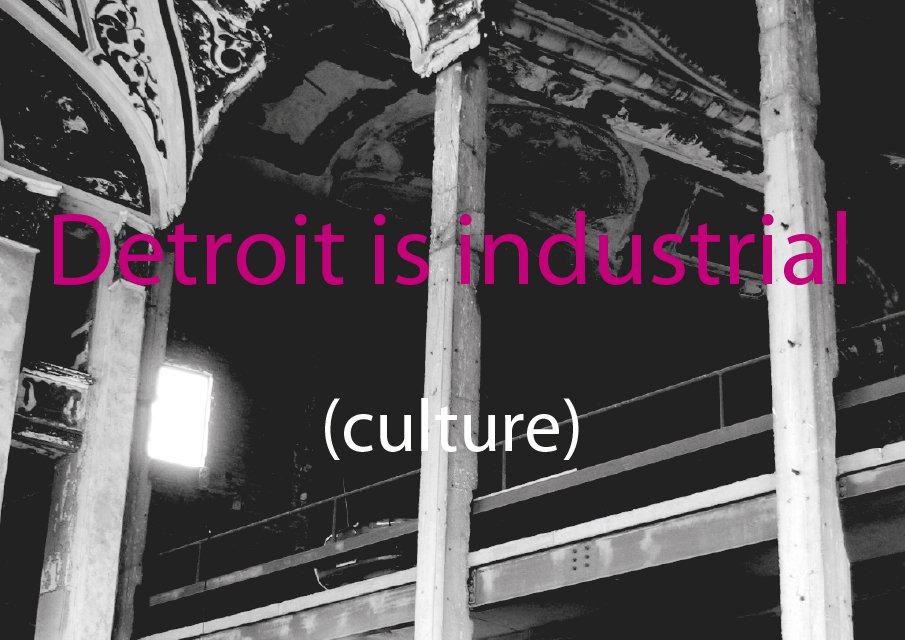



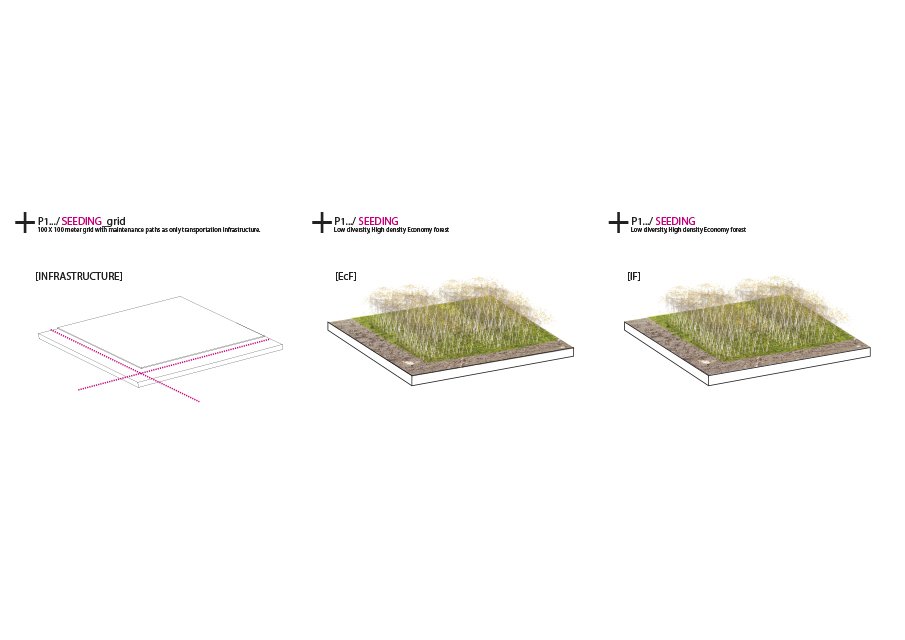




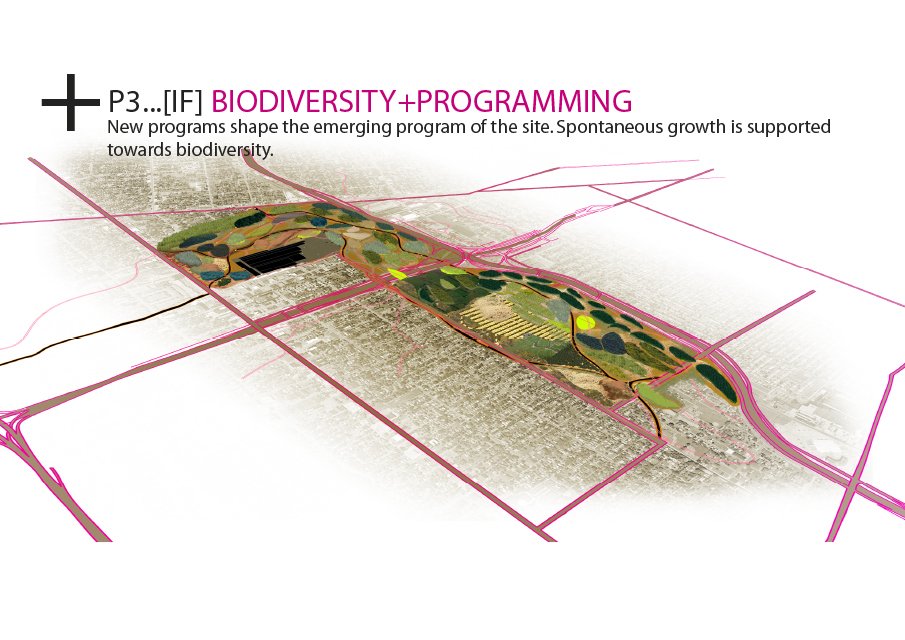

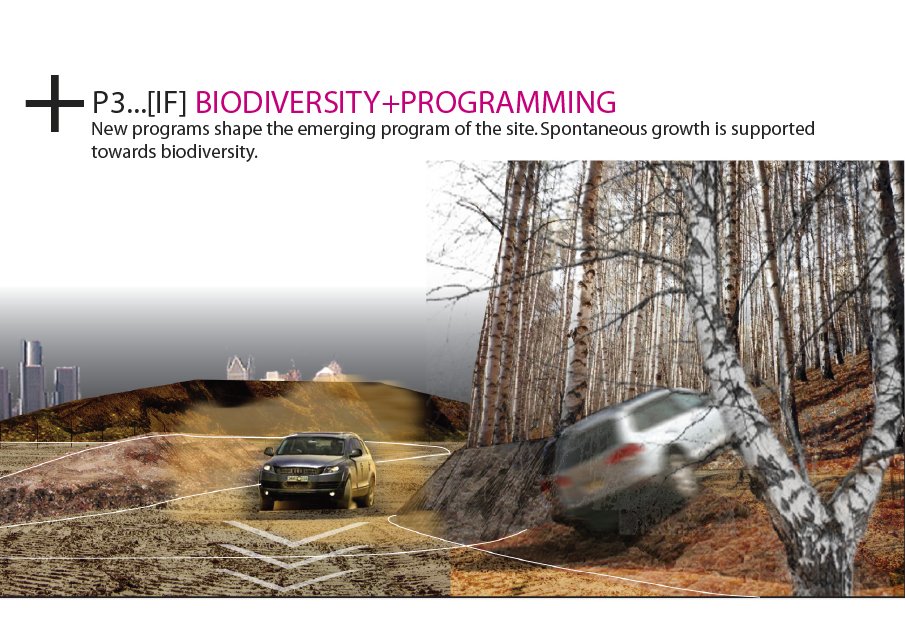





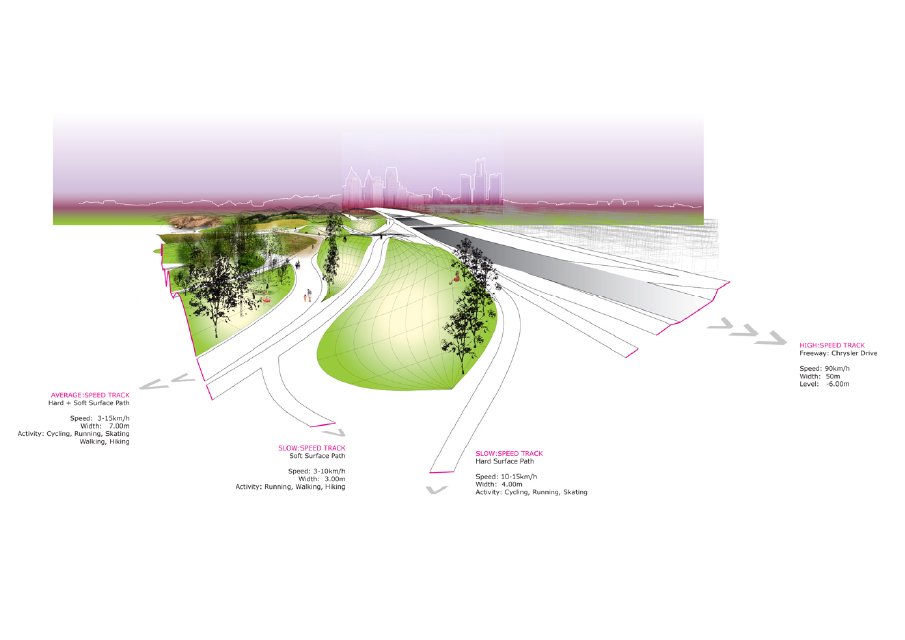

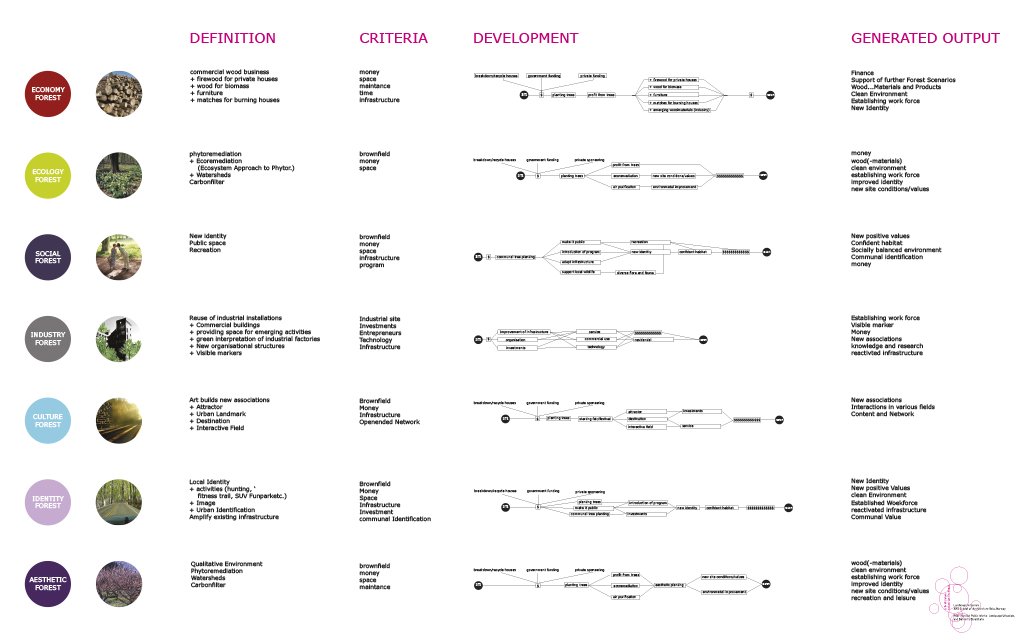
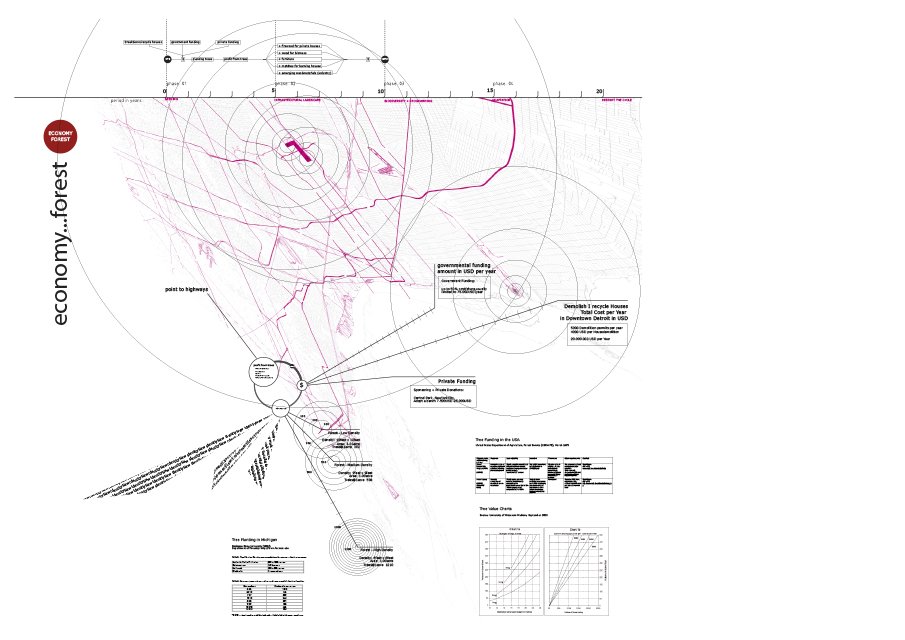


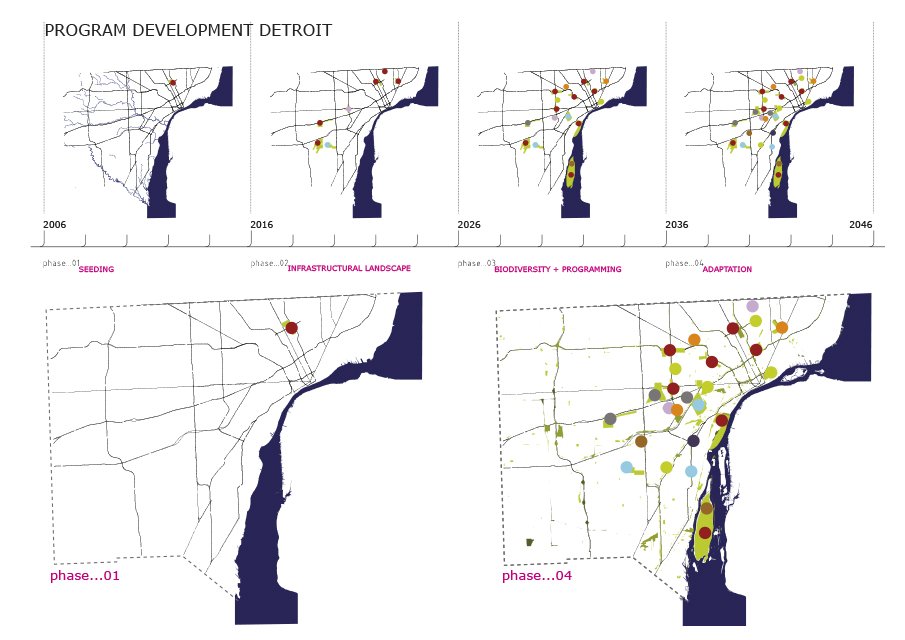


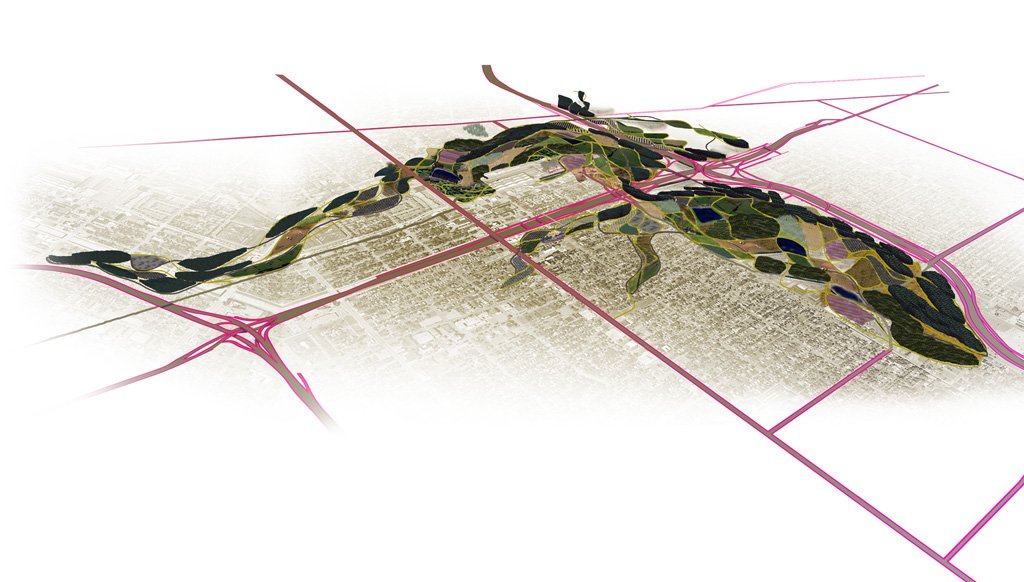
The prototype functions as a mediator between the different emerging interests on site. It is consistent towards its original ambitions of ecology but is formed by the perimeters defined by the gradually changing potentials and interests. The prevailing conditions of post-industrial sites are similar but different. Industrial structures, infrastructure, ground conditions, toxics, flora, fauna and surrounding context are all site specific and should be approached reactively in the scheme of development. The prototype is an application for change and potential.
Landscape Urbanism
Visiting Scholar, Erasmus Scholarship, European Commission
The Oslo School of Architecture and Design (AHO), Oslo, Norway, 2006.
together with Erik Stenman
